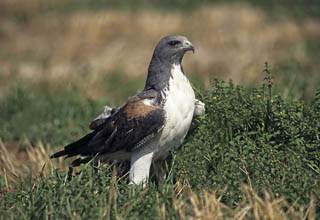Red-headed Woodpecker (Melanerpes erythrocephalus)
by Tracey Setze
I can remember the first time I heard red-headed woodpeckers chattering to each other in our woods. I felt like I was interrupting the most important and special conversation of the day. There is nothing like the call of a red-headed woodpecker, especially when they are communicating with each other.
The red-headed woodpecker can be found in forest edges, groves of tall trees, and around farm land. They are considered an omnivore. Their diet consists of fruits, nuts, seeds, berries, insects, and sometimes small mammals. I once watched one with impressive flight skills, swoop down and snag a Luna moth!
The males will establish a nesting site and entice females by calling and drumming. The male and female will work together to carve out the nest hole and they lay an average of 3-5 eggs between April – July. They will have one to two broods a year. Both parents incubate the eggs for 12-14 days, and both parents feed the chicks. The chicks will leave the nest in 24-31 days.
An interesting fact about the red-headed woodpecker…they are the only known North American woodpecker to store food and cover it with bark or wood.
Unfortunately, the red-headed woodpecker has been decreasing in numbers for years. The reason is unknown. Habitat loss and competition for nesting sites with European Starlings are both contributors.
I feel very lucky to live in an environment that attracts many red-headed woodpeckers. They are truly a striking, majestic bird that demands attention.












